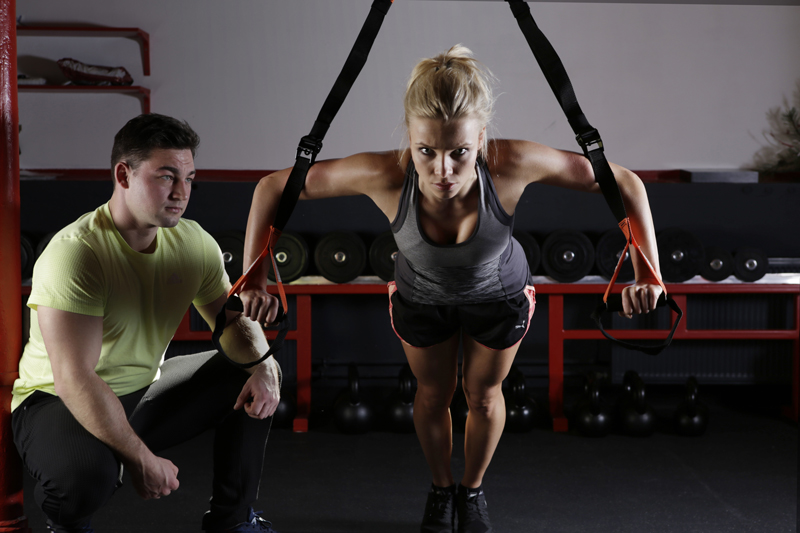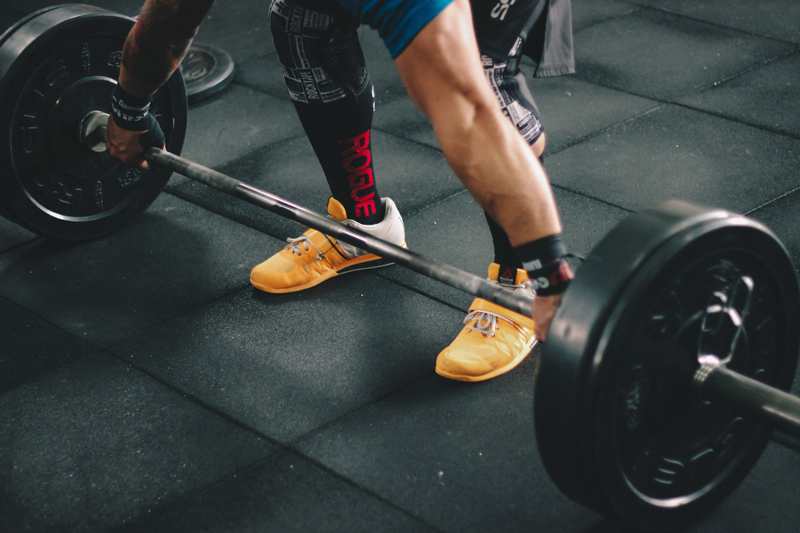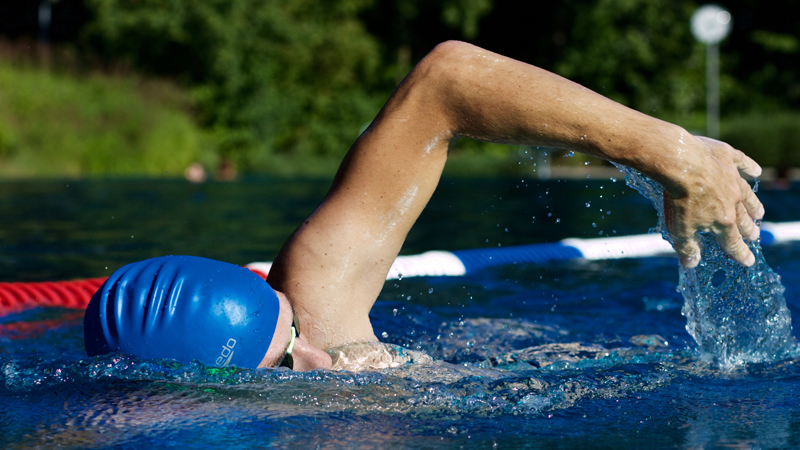Having a broken or injured foot should not be a reason for you to feel too frustrated just because you can no longer do your regular routines, such as working out. While it is not highly recommended to work out when you have a broken foot as you still need to stabilize your bone fractures and let them heal properly, it is actually possible.
Yes, you can work out with a broken or injured foot. All that you have to do is to arm yourself with the right information on how to do your normal exercise routines even with the problem. Some of the tips that can help you work out even with your present condition are the following:
Tip #1 – Invest in the right footwear
If you have a broken or injured foot, then investing in the right footwear and wearing it can do a lot of good when doing exercises. Note that your worn-out or improper shoe may have contributed a lot to your injury.
However, even if your shoe is not the reason for your broken or injured foot, it’s still crucial to wear a really good one before you start working out again. Look for a footwear that can properly support both your feet, particularly the broken or injured part. If you’re interested to learn more about the impact of footwear on your foot health, read some articles over at Footwear 4 Workers.
Such is helpful in preventing complications while your broken or injured foot is still in the healing or recovery stage. Aside from investing in and wearing the right footwear, it’s also advisable to talk to your doctor or surgeon and ask him about orthotics. Find out if you need to place orthotics in your footwear so you can retain proper gait.
Also, make sure that your shoe has enough padding inside. It’s helpful in softening the stress and pressure that your weakened foot experiences. With that, expect it to be of help in the recovery process. Eventually, your decision to work out with the right shoe will wake up your tissues and joints.
Such can result in your ability to walk normally once again while also gradually returning to jogging, running, or any other sports that need more high-impact placement of your injured foot.
Aside from wearing the right shoes, you should also ask your doctor if there is any other special footgear that you need to wear. Note that your doctor might recommend wearing a special footgear, like a boot or brace, to prevent your foot from becoming immobile.
Tip #2 – Do workouts that are not weight-bearing
One good example of this workout is swimming. Provided there is no cast fitted on your broken foot, you’re allowed to be in the water and exercise through swimming. Such is a good workout because it does not add a lot of weight on your broken or injured feet.
While you’re in the water, you can work out by holding on to the poolside then kicking your legs. In case you experience pain from this activity, then it’s advisable for you to use a kickboard when you stand in the water. What you have to do is to put your legs on the kickboard then do some swimming strokes.
Such strokes serve as good workouts for your upper body. Another tip is to stay in the deep part of the pool then tread the water so you can increase your heart rate, making a good aerobic exercise. This workout can also target your leg muscles and upper body.
Tip #3 – Walk regularly on your crutches
Having a broken or injured foot might be a reason for you to wear crutches. Do get the appropriate crutch as required by your condition; buy the ones advised by your physical therapist. In case you get no suggestions, you can check out the ten best crutches that Dr. Apovian recommends. Being on crutches, however, should not prevent you from getting a good workout. You can still walk on crutches with the aid of the 3-point method. You can do this by placing the crutch around 6-12 inches in front of you.
You should then use the uninjured foot to take a step in that position. Also, make sure to support your body weight using your hands, not with your armpit. Do not add a lot of pressure on the injured foot. Another tip is to walk at home for several minutes every hour.
In case you notice that you are slowly regaining your strength, you may start walking around your block a few times each day. However, consult your doctor prior to doing this so you’ll know if it is indeed safe for you.
Tip #4 – Do strength training
Even with a broken foot, you can still safely do strength training. One way to do it is to make some variations on your normal push-up routines. Note that push-ups are effective in strengthening your upper body, and you can slightly modify them to suit your present condition.
For instance, you can do the push-up using your knees. Also, you can perform incline push-ups while using one of your legs to stand. Put your hands on a durable chair or counter before doing the workout. Also, ensure that your broken foot is away from the ground so you can avoid adding pressure and stress to it.
Conclusion
Working out even with a broken foot is possible. You just have to determine what routines won’t add too much pressure and stress to the broken leg. Seeking the advice of your doctor regarding the best workout routines suitable for your condition is also advisable.








